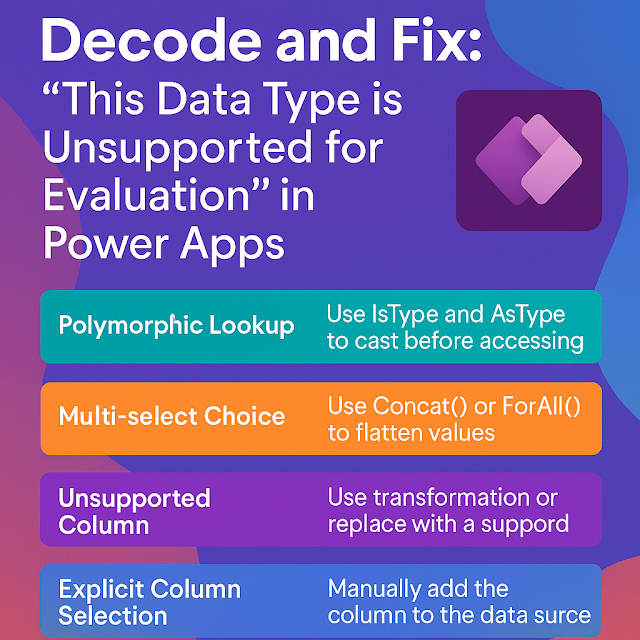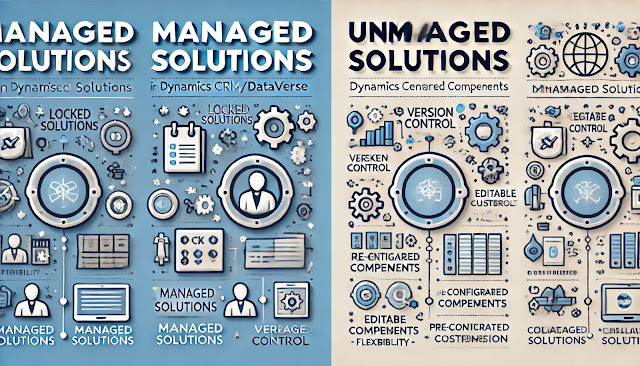Dynamics 365 Field Service : Configure booking timestamps, booking journals, and actuals
Microsoft Dynamics 365 Field Service is designed to streamline work order management, scheduling, and technician performance tracking. Three essential features that support accurate field data tracking are:
- Booking Timestamps
- Booking Journals
- Actuals
Each of these plays a crucial role in tracking and billing work done by field technicians. Let’s explore each of these in detail.
1. Booking Timestamps – Tracking Key Events Precisely
What are Booking Timestamps?
Booking Timestamps automatically capture important events in a work order lifecycle — like when a technician starts traveling, arrives on site, starts work, completes work, etc.
They create a time log that helps in:
- Auditing technician performance
- Analyzing job efficiency
- Supporting accurate billing and reporting
How to Configure Booking Timestamps
1. Go to the Power Platform admin center or open the Field Service app.
2. Navigate to Field Service Settings → Booking Settings.
3. Enable Auto-create booking timestamps.
4. You can also configure custom timestamps by:
- Going to Advanced Settings → Customizations
- Creating new records under Booking Timestamp Templates
Common Timestamps Tracked
- Travel Start / End
- On Site Arrival
- Work Start / Completion
- Break Start / End
Use Case Example
If a customer disputes the time taken for a repair, the system log of timestamps provides evidence of when the technician started and ended the task.
2. Booking Journals – Real-time Technician Logs
What are Booking Journals?
Booking Journals are automatic logs that track what happens during a booking. Think of them as a black box for each technician’s job — capturing real-time changes such as:
- Location updates
- Status changes (e.g., traveling, in progress, completed)
- Resource usage or time spent
How to Enable Booking Journals
1. Navigate to Field Service Settings.
2. Turn on the "Enable Booking Journals" toggle.
3. Define what events to track under Booking Journal Types (e.g., Status, Time, Location).
Types of Booking Journals
- Time Journals – logs time entries (e.g., travel time, break time)
- Status Journals – logs booking status changes
- Location Journals – logs technician GPS location
Use Case Example
A company wants to ensure their mobile workforce follows the planned route. Booking Journals with GPS data help validate that.
3. Actuals – Convert Bookings into Billable Data
What are Actuals?
Actuals are the final, billable versions of what happened on a job:
- Time spent (Labor)
- Products used (Parts)
- Services delivered
These are generated based on Booking Journals and Work Order Service/Products and are used for invoicing, cost tracking, and analytics.
How to Configure Actuals
1. Open the Work Order entity.
2. Add or define:
- Work Order Products
- Work Order Services
3. When the booking is completed and marked as "closed," actuals can be automatically created.
4. You can customize actual creation logic via Power Automate or custom plugins.
Note: Make sure Booking Statuses are correctly set to trigger actual generation.
Types of Actuals
- Labor Actuals – derived from time spent on-site
- Product Actuals – based on parts consumed during work
- Service Actuals – based on predefined service items
Use Case Example
An HVAC company wants to bill customers only for actual time and parts used. Actuals make this accurate and transparent, reducing billing disputes.
Summary
Together, Booking Timestamps, Journals, and Actuals provide a complete picture of what happens during a field visit — from technician actions to customer billing. Configuring them properly ensures:
- Transparent service operations
- Accurate customer invoicing
- Insightful business reporting












Comments
Post a Comment